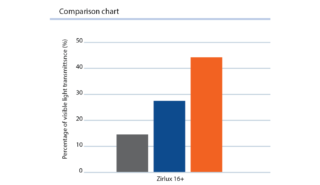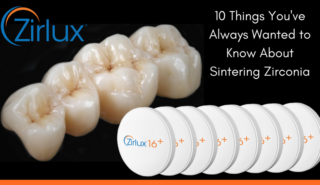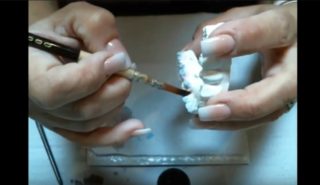
3D printing technology is rapidly growing in the dental industry. Just like any other investment you make in your CAD/CAM equipment and other technology you use day to day, it takes time and research to figure out which type is right for you. There are so many different types of printers out on the market that are very similar to each other and consequently, can be hard to tell the difference between each. Since this can be a huge headache, we gathered some items to consider to make the process a little easier to choose a printer that best fits your lab’s needs.
Technology
First, think about what you’re using this technology for and what type of technology the printer uses. Different types of printer technology may include:
- FDM – Fused Deposition Modelings
- PJT – PolyJet
- SLA – Stereolithography
- DLP – Digital Light Processing
- SLS – Selective Laser Sintering
- SLM – Selective Laser Melting
There’s a certain level of accuracy needed to print crown and bridge models and implant models. Thus, it should be below 20 micron layers in layer thickness. Surgical guides must be printed in a specific material for intraoral use and must be FDA cleared.
Another thing you should think about is your needs. Maybe you want to start printing models as you’re receiving more digital impressions or maybe you’re trying to expand your business by offering surgical guides. Indication examples may include crown and bridge and implant models, orthodontic models, night guards and sports, surgical guides, casting or pressing patterns, frames, and partials. Future indications may include dentures, long term temporaries, and direct to final printed restorations.
Does the printer have a FDA cleared material? In addition, is the printer able to print multiple types of materials? If so, do you need to clean it in between switching materials or is this process automated? How long does it take to change from resin to resin? Also how long does the printer take to run a job? You should consider what the materials waste disposal is like and what is involved in cleaning the models.
It’s always a good idea to test the quality of a printer before buying it. You can do so by sending an STL file of a case to each company to print a benchmark model or sample case for you.
Integrating New Equipment into Your Lab
Before purchasing any type of new equipment, you should always make sure you have enough space for the equipment and materials related to it. 3D printers are pretty compact, but this is still a necessary step. You should also have a person who is able to maintain the hardware and provide support. Furthermore, what is your current CAD system and does the new software integrate with it? It is crucial to make sure that your lab can handle the added workflow and productivity. Another item to consider is who will train your lab on the new technology and in return, will the company you purchase it from provide enough training to your technicians?
Pricing
Cost is always a huge factor when making any kind of investment. Are you planning on buying your new printer upfront or financing it? How much is the annual maintenance contact and how much does it cost to print different indications? It’s important you also make sure your quoted price includes everything you need to start printing and materials pricing by the liter. Here’s a breakdown of example cost estimates.
Loan Costs
- $20,000 over 5 years: approximately $400 per month
- $40,000 over 5 years: approximately $800 per month
- $60,000 over 5 years: approximately $1,200 per month
- $80,000 over 5 years: approximately $1,600 per month
Material Costs
- Quad C&B model kit: $4-6
- Full C&B model kit: $10-12
- Surgical guide: $7-9
Outsource Costs
- Quad C&B model kit: $20-25+
- Full C&B model kit: $25-30+
- Surgical guide: $50-100+
The idea of buying your own printer may be appealing, but do you have the volume to justify the cost instead of outsourcing the work? 5 or more models a day for a low cost printer is an estimated volume that justifies the cost of a printer. A higher cost printer may be 10 or more models a day. A surgical guide is about one a day.
In conclusion, these are just some of the general considerations you should take if you’re thinking about investing in 3D printing. We hope it serves as a guide to help you decide how you’ll choose between different 3D printers and which is best for your lab!



